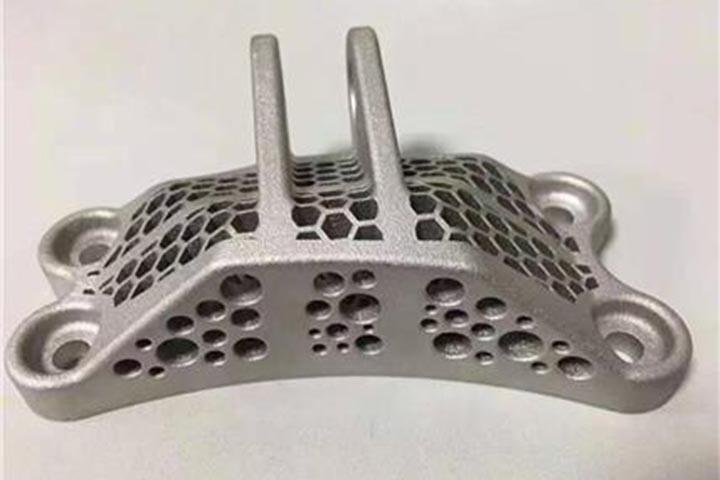3D printing is quickly becoming one of the most popular manufacturing technologies on the market. With its ability to create three-dimensional objects from digital data, 3D printing has the potential to revolutionize a variety of industries. In this article, we’ll look at the basics of aluminum 3D printing services and explain why it’s such a powerful technology.
What is Aluminum 3D Printing?
Aluminum 3D printing is a new form of 3D printing that uses aluminum powder as the printing material. The powder is melted and then extruded through a heated nozzle to create objects or parts.
Aluminum has many advantages over other types of 3D printing materials. It is lightweight and strong, making it perfect for projects requiring precision and strength.
Another advantage of aluminum 3D printing is that it can be used to create parts that are difficult to print with other types of 3D printing materials. For example, aluminum can create accurate models of human organs.
There are several different types of aluminum 3D printers on the market today. For example, some printers use laser sintering technology, while others use electron beam melting (EBM).
What are the Advantages and Disadvantages of Aluminum 3D Printing?
Aluminum 3D printing is a new technology that has been gaining popularity in the last few years. It is similar to traditional 3D printing but uses aluminum as the print material.
There are many advantages and disadvantages to aluminum 3D printing services. The main advantage is that aluminum is a very lightweight material, which makes it perfect for 3D printing applications where weight is an essential factor.
Aluminum also has a low thermal conductivity, making it a good choice for thermally stable metal press stamping applications. This includes medical devices, prosthetic parts, and aerospace components.
The main disadvantage of aluminum 3D printing is that it is not as durable as other types of 3D printing materials. This can make it difficult to produce high-quality prints in complex shapes and intricate details.
How Much Does an Aluminum 3D Printer Cost?
Aluminum 3D printers are becoming more popular daily, and for a good reason. They offer several benefits that make them a perfect choice for businesses and homeowners.
One of the main benefits of aluminum 3D printers is their affordability. They are much cheaper than traditional 3D printers and offer better quality metal press stamps.
Aluminum 3D printers can print objects from multiple materials, including plastic, metal, and glass. This makes them perfect for creating products such as parts for cars and aircraft.
Another great benefit of aluminum 3D printers is their environmental friendliness. They use less energy than traditional 3D printers and produce less waste. This makes them an excellent choice for businesses looking to reduce their ecological footprint.
What are the Best Materials to Use for Aluminum 3D Printing?
Aluminum is a popular material for 3D printing because it is strong and lightweight. However, different materials are best suited for various applications.
Some of the best materials to use for aluminum 3D printing are metals such as aluminum, titanium, and gold. Metals are the best choice for high-end 3D printing, where precision and detail are essential.
However, metals can be expensive and challenging to work with. Therefore, other materials that are lighter and cheaper are also good alternatives for aluminum 3D printing. These include plastics, composites, and resins.
In general, the best material choice for metal press stamping depends on the application and the user’s needs. For example, metal is the best option if you need a strong and lightweight print. However, if you want to save money or need a less precise print, plastic or composite may be a better choice. 3D printing has come a long way in the last few years, and with that comes an increased demand for materials that can be 3D printed. One of the most common materials used in today’s 3D printing is aluminum, and understanding some basics about how it works is essential if you want to print with it.



